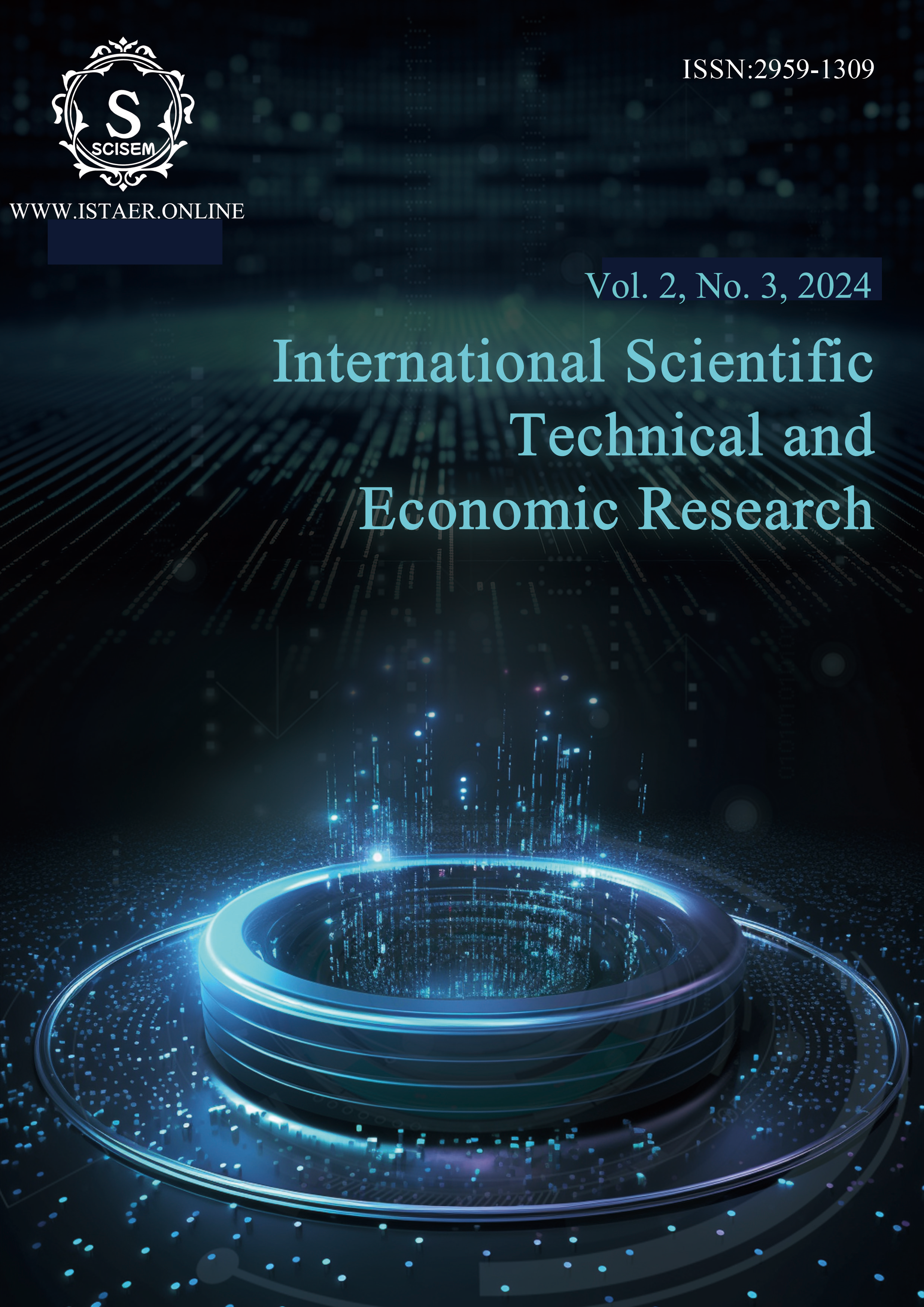Design and optimization of research performance allocation scheme based on TOPSIS entropy weight Method
ACKNOWLEDGEMENTS: This work was Supported by Special Research Project on Teaching Reform(Grant No. 30120300100-23-yb-jgkt03).
Keywords:
Scientific Research Performance Allocation, Principal Component Analysis, TOPSIS Of Entropy Weight Method, Optimization Model, Genetic AlgorithmAbstract
Technology is the foundation of national strength, and technological innovation is the strategic support for improving social productivity and comprehensive national strength. It is the driving force for promoting social progress. Higher education institutions occupy a core position in the national innovation system, and their scientific research evaluation is not only the core strategy for controlling university scientific and technological activities, but also plays a crucial role in the top-level planning and resource allocation of higher education. For the convenience of analyzing the problem, we first use principal component analysis to evaluate the annual scientific research achievement rewards of employees; Using the entropy weight method again, TOPSIS scores the national level science and technology awards, national standards/specifications, provincial or industry standards/specifications, publication of works, number of current graduate students, newly approved national level projects, Chinese core, academic part-time jobs, and horizontal funding for employees. In addition, the entropy weight method is first used to analyze the weight of various indicators for each team. Each team selects 20 achievements for the school's annual performance evaluation ranking, and the total prize pool is allocated according to the ranking. Then, based on the number and weight of individual submitted works, a tiered allocation is carried out to reasonably calculate the performance distribution results for each member of the team. To achieve the optimal overall performance of the target group while balancing internal balance and fairness, the given formula is first used to quantitatively evaluate the annual individual achievements of each member, and the overall technological achievement score of the team is summarized. Then, based on these data, a performance allocation optimization model is constructed, and a genetic algorithm is used to set reasonable constraints to ensure fairness, motivation, and relative balance within the team, in order to develop a scientific and fair performance allocation plan and maximize the overall performance of the team.
References
[1] Zhu, L. L., Yang, Z. P., & Yuan, H. (2007). Analysis and development of particles warm optimization. Computer Engineering and Applications , 43(5): 24-27.
[2] Zong, X. P., & Yao, Y. L. (2010). Using Q-Q and P-P plots to quickly test the statistical distribution of data. Statistics & Decision, 20: 101-112.
[3] Liu, H. R., & Tang, S. L. (2016). The equalization of basic medical services in jiangsu province based on TOPSIS method and RSR method. Chinese General Practice, 19(07): 819-823.
[4] Li, C. Y., & Huang, B. (2017). Using S-curve method to determine the life cycle of 3D printing technology. Science & Technology and Economy, 30(02): 025-037.
[5] Xiang, H. J. (2019). The Risks and Countermeasures of Accounting in the Context of Artificial Intelligence Era. Accounting Learning, 24: 011-020.
[6] Zhou, J., Sun, S. N., & Xu, D. H. (2020). Research on Marine Disaster Prevention and Control Strategies in Shandong Province Based on SWOT Analysis. Transactions of Oceanology and Limnology, 10(05): 264-288.
[7] Wu, Z., & Wu, H. L. (2021). UAV route planning based on the improved genetic algorithm. Electronic Measurement Technology, 44(24): 52-58.
[8] Fan, J. W., & Wu, P. S. (2024). Analysis of Optimizing the Heat Dissipation Capacity of Electrical Cabinets Based on DMAIC Improved Model. Application of IC, 41(02): 285-299.
[9] Feng, D., & Wang, L. L. (2024). Analysis of Investment Opportunities in China's Robot Industry Based on Porter's Five Forces Model. Robot Industry, 01: 111-119.
[10] Yu, J. W., Xie, W., & Zhang, L. W. (2024). Multi-objective optimization of hyper chaotic face image encryption based on particle swarm optimization algorithm. Control Theory & Applications, 18(02): 034-044.
*******************Cite this Article*******************
APA:
Song, C., Zhu, Z., Kong, Y., Gao, D., Fu, T., Sheng, D., & Su, C. (2024). Design and optimization of research performance allocation scheme based on TOPSIS entropy weight method. International Scientific Technical and Economic Research, 2(3), 1–9. http://www.istaer.online/index.php/Home/article/view/No.2460
GB/T 7714-2015:
Song Chenxuan, Zhu Zhaoqing, Kong Yuantong, Gao Dongsheng, Fu Tong, Sheng Dongping, Su Chun. Design and optimization of research performance allocation scheme based on TOPSIS entropy weight method[J]. International Scientific Technical and Economic Research, 2024, 2(3): 1–9. http://www.istaer.online/index.php/Home/article/view/No.2460
MLA:
Song, Chenxuan, et al. "Design and optimization of research performance allocation scheme based on TOPSIS entropy weight method." International Scientific Technical and Economic Research, 2.3 (2024): 1-9. http://www.istaer.online/index.php/Home/article/view/No.2460
Downloads
Published
Issue
Section
License
Copyright (c) 2024 International Scientific Technical and Economic Research

This work is licensed under a Creative Commons Attribution-NonCommercial-NoDerivatives 4.0 International License.
This work is licensed under the Creative Commons Attribution International License (CC BY 4.0).




